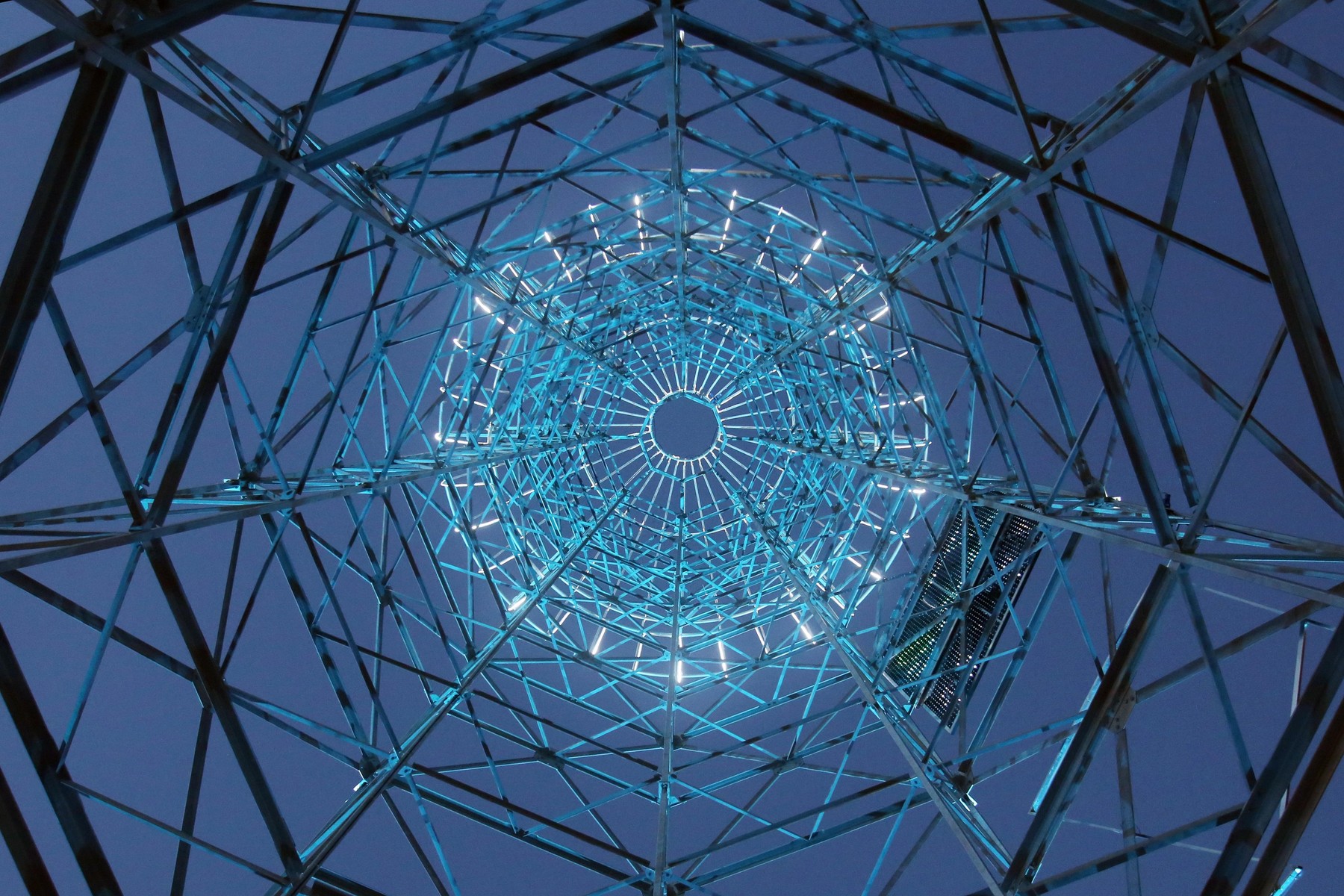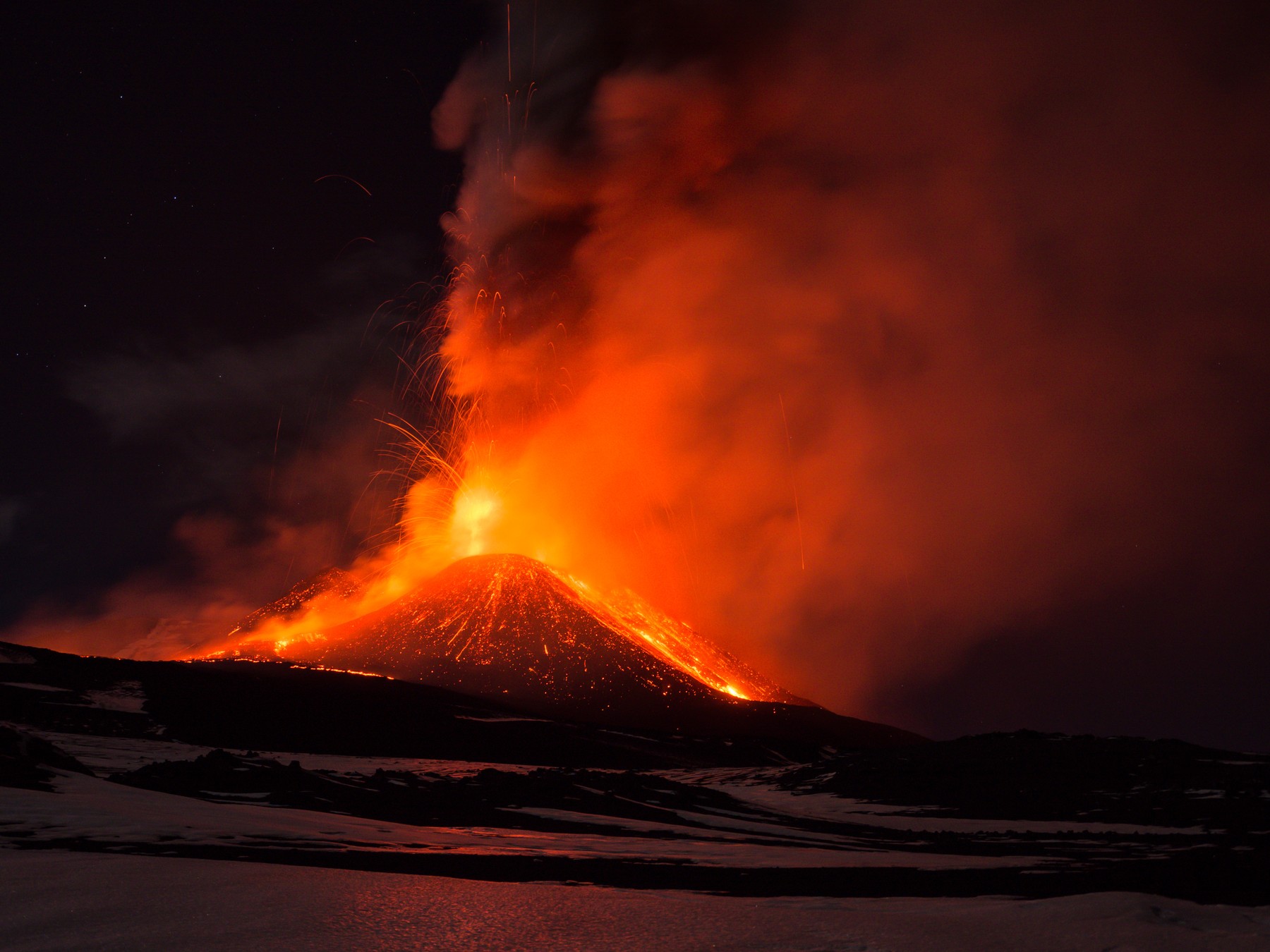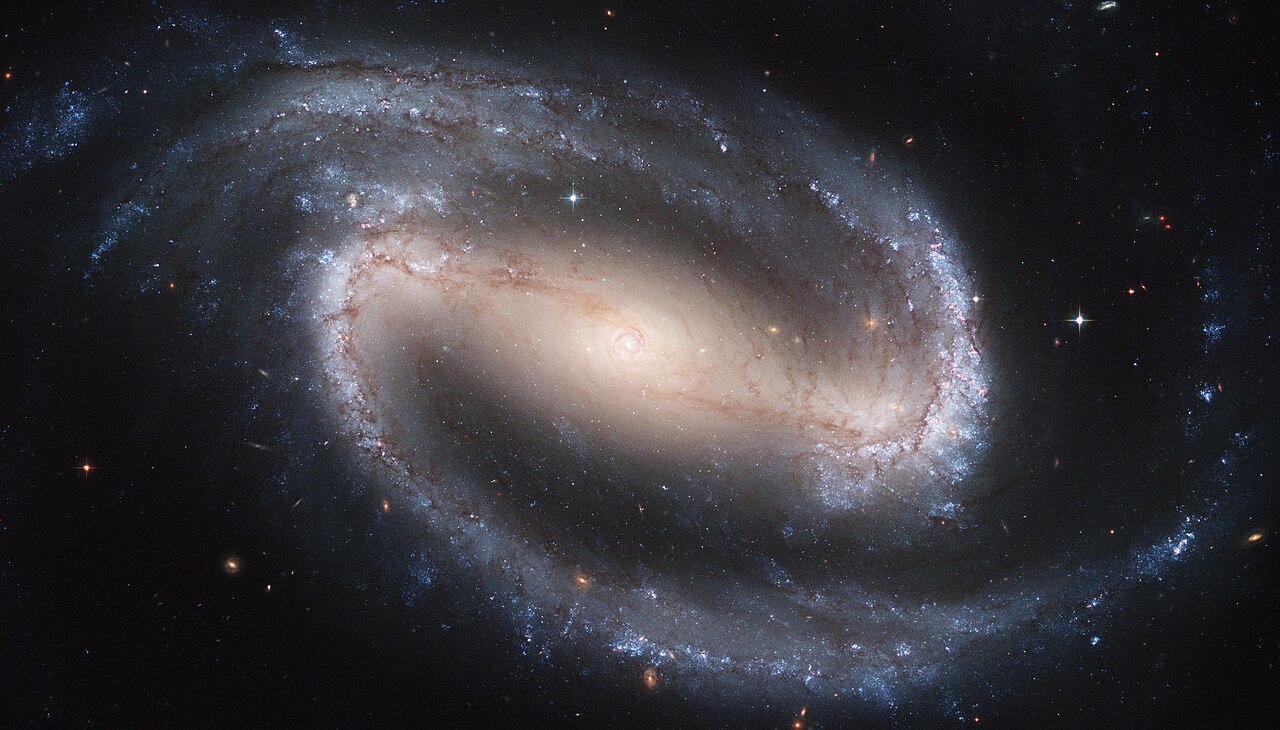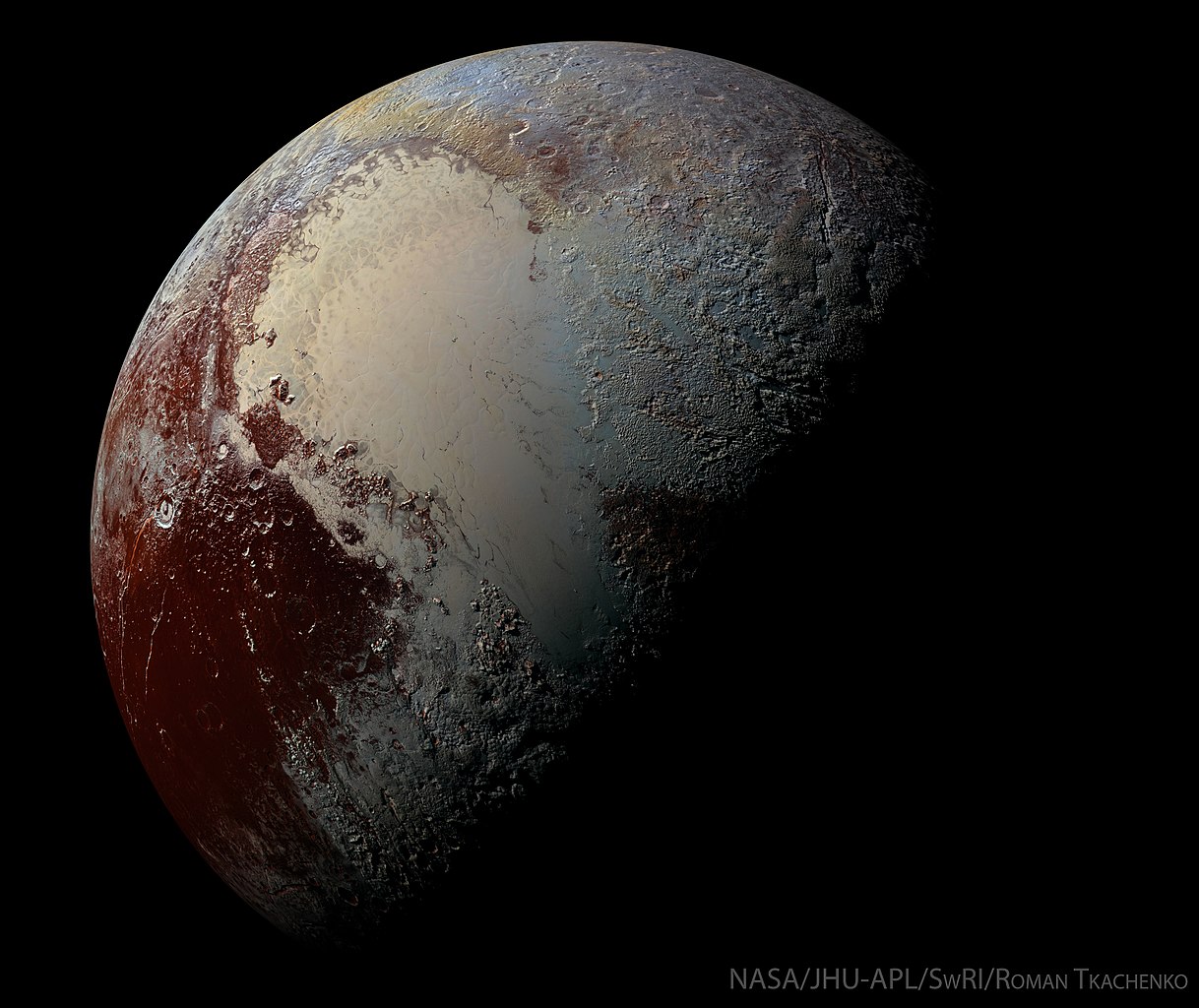Pluto has always been a challenge to study because most of its orbit lies beyond Neptune in the Kuiper Belt.
the IFLScience Aside from sending a probe to the planet, as NASA did in 2015, to study the dwarf planet's atmosphere, we rely heavily on stellar occultations, when a dwarf planet passes in front of a bright star from our perspective.
A strange discovery on the planet Pluto
Illustration: Wikimedia Commons / NASA / Roman Tkachenko
“In the case of atmospheric objects, refraction plays a fundamental role in explaining the decrease in luminous flux and the halos observed during such events.”
– explains astronomer Bruno Siccardi Comptes Rendus Fitness In the magazine. “This phenomenon can be used to decipher key parameters of the atmosphere, such as density, pressure and temperature.”
Pluto orbits the sun in 248 years, so it has not made a complete orbit as a planet since its discovery before being stripped of that title in 2006.
The distance between it and the sun ranges between 49.3 and 30 astronomical units. 1 AU is the average distance between the Earth and the Sun.
At the farthest point from the sun, the average temperature can drop to -233°C, while at the closest point the heat wave can reach -223°C. This temperature change naturally also affects the planet's atmosphere.
“As Pluto approaches the Sun, the surface ice sublimates (changes directly from solid to gaseous) and rises to form a temporary thin atmosphere,” the author explains. NASA.
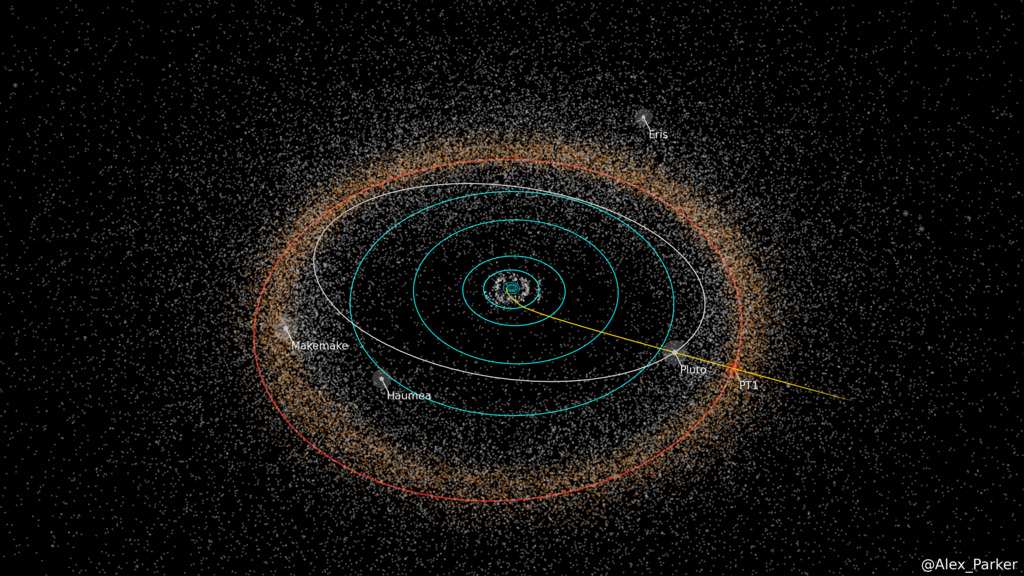
In part of Pluto's orbit, it is also inside Neptune. NASA/Johns Hopkins University Applied Physics Laboratory/Southwest Research Institute/Alex Parker/Wikimedia
“Because of Pluto's lower gravity (about 6% of Earth's), its atmosphere is more expansive than our planet's. Pluto gets colder during that part of the year as it moves away from the Sun. During this period, much of the atmosphere could freeze The planet's atmosphere falls to the surface in the form of ice.
This has been known among scholars for a long time. Between 1979 and 1999, Pluto was closest to the Sun, closer than Neptune, and since then it has been retrograde, so it was expected that its atmosphere would begin to shrink.
But observations until 2018 showed increased surface pressure and atmospheric density, which scientists know as a phenomenon called “thermal inertia.”
“An analogy to this is how the sun heats the sand on a beach,” Dr. Leslie Young of the Southwest Research Institute said in a 2021 statement.
“Sunlight is most intense at noon, but the sand continues to absorb heat during the afternoon, so late afternoon is the hottest.
The persistence of Pluto's atmosphere suggests that nitrogen ice reserves on Pluto's surface remained warm due to heat stored beneath the surface. “New data indicates that it is starting to calm down.”
Worth reading:















